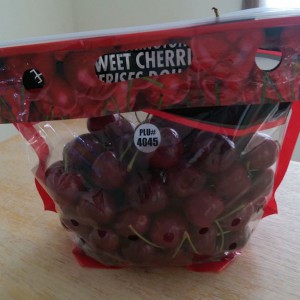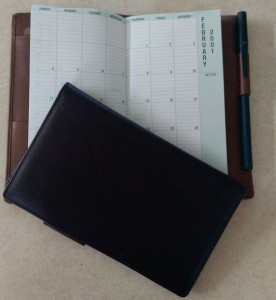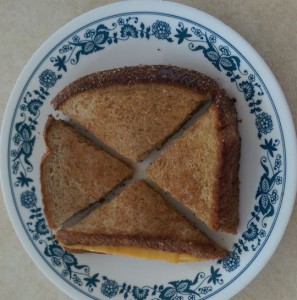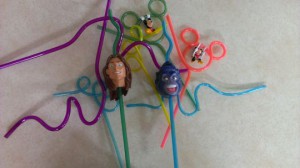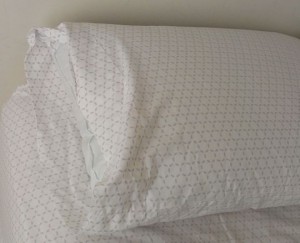While doing yard work this past weekend, I noticed that two boxwood bushes planted under my garage windows had grown tall enough to cover part of the bottom pane. I hadn’t paid them much attention before, mainly because the sunlight they blocked wasn’t very noticeable. Whenever I was in the garage during the daytime, plenty of sunlight came in through the open door; and at night I turned on the overhead lights.
Because my garage is side-entry, its windows—and the bushes under them—are on the front side of the house. In fact, they’re closer to the street than any of the house’s other windows. I realized that letting the bushes along the garage wall get overgrown like that gave the house an untidy appearance to anyone passing by. So I trimmed them back, and now they look much neater, with the tops of the bushes just below the windows:
But I should have cut them back last year when they got above the height of the windows, even though the neighbors probably wouldn’t have thought they looked overgrown then. Even though I don’t often look out the garage windows (which have white blinds) or think about how much light should come through them, when windows get partially blocked they’re still noticed subconsciously. And because whatever surrounds us in daily life shapes our view of the world, a simple thing like bushes growing too high in front of a window can cause us to perceive the world as slowly getting darker, gloomier, and full of obstacles.
From now on, I’ll keep in mind that to allow more light into our lives, generally, we first have to pay attention to whatever little things might be blocking it.
Nurturing Thursday was started by Becca Givens and seeks to “give this planet a much needed shot of fun, support and positive energy.” Visit her site to find more Nurturing Thursday posts and a list of frequent contributors.



